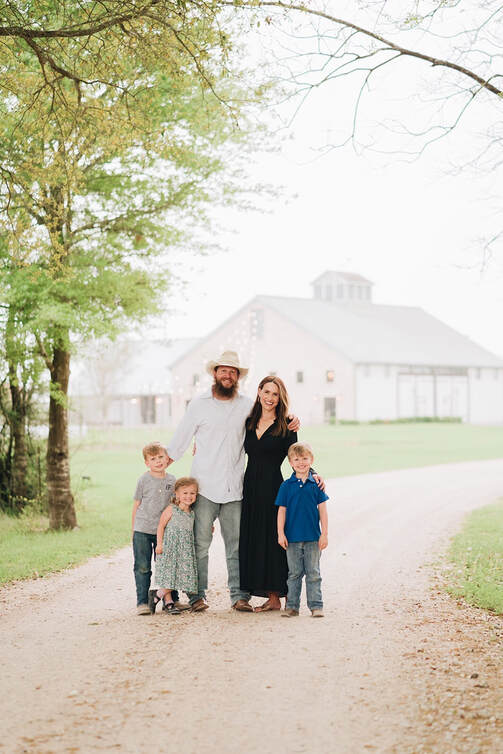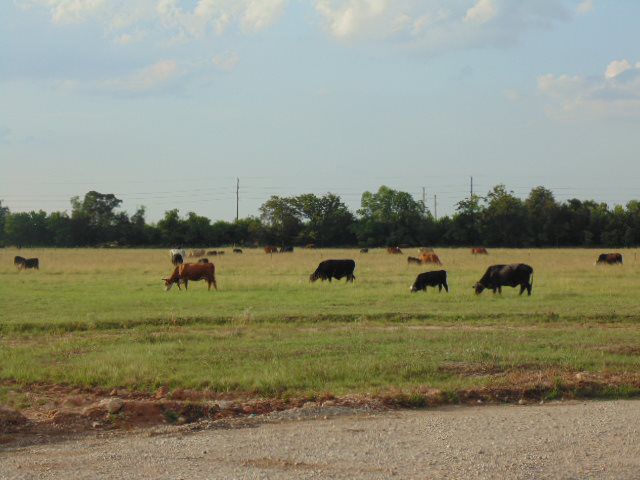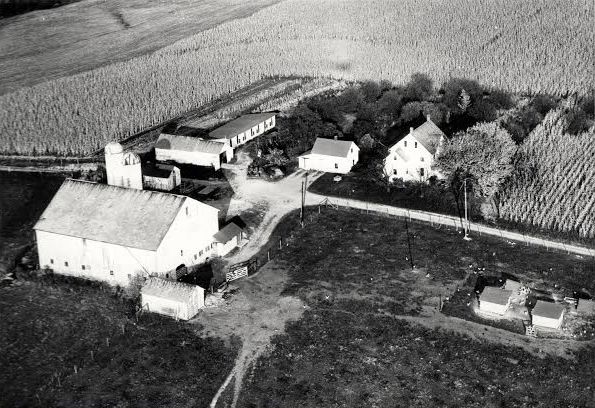OUR PROPERTY
|
As a family with deep seeded in the Katy community. The Beckendorff's present to you a property unlike any other. Allow this family to take you back to a simpler time and place of handcrafted architecture and solid foundations.
The Barn is the only antique timber framed structure known to exist that uses a "double-canted queen post" roof system. With unique copper detailing, beautiful french "X" back wooden farm chairs and chandeliers that can only be described as stunning beyond reason. This venue can and will become the place to fulfill all of your special event expectations! Hidden just a few moments outside of Houston, Beckendorff Farms offers a nurtured landscape to its guests with both indoor and outdoor sites for wedding ceremonies. Equipped with in-house coordinators and a premier catering company out of Houston, there are endless possibilities for your special occasion. |
Family History Of Agriculture And Education
|
The Beckendorff family’s rich heritage in agriculture began in the late 1880s, with Robert Beckendorff farming cotton first, followed by corn, peanuts and rice. Wild cattle roamed the area freely.
The Beckendorff name has long been associated with education, with Milton Beckendorff being instrumental in forming the Katy Independent School District in the early 1900s. During those early years at the Beckendorff family home, schoolwork was a priority over farm chores. It is only fitting that the Katy Independent School District named one of its middle schools Beckendorff Junior High School, in recognition of the family’s contributions to education and the history of the Katy community. The Beckendorff family history now begins a new chapter, with the fourth generation. Blake and Stacey Beckendorff are the newest visionaries who are nurturing the same land that has been in the family for generations. |
Early American Barns Reflect The Pioneer Spirit
|
The architecture of early American barns has national historical significance because they reflect the spirit of those who built this country, with the early pioneers and farmers being an integral part of the American heritage.
The centerpiece of the Beckendorff Farms event venue is an early American barn with historical significance. The barn once proudly had an agricultural role where it provided hay/grain/general storage, and also served as a dairy barn. The Barn was originally built in the Washington Township of Ohio, near what is now the city of Alliance. Historic records and antique timber framing experts indicate the Barn was likely built between 1856 and 1865. The Barn is the only antique timber framed structure known to exist that uses a “double-canted queen post” roof system. |
The system allowed the barn to span a width of 60’ without the assistance of any metal supports, making it approximately 50 percent wider than other timber framed barns. The 60’ hand-hewn oaks tie beams used to span the width of the barn are incredibly rare. The Barn’s large size was one of the elements that distinguished these early American barns from other barns, such as European barns. Experts in early American barns indicate that barns of this size are virtually unheard of, making our Barn a true historic gem.
The original Barn was dismantled, tagged, and blueprinted by master timber framers (including an Amish crew) and was carefully shipped to Katy, Texas, where it has been lovingly re-built by another Amish crew on the Beckendorff family property.
The original Barn was dismantled, tagged, and blueprinted by master timber framers (including an Amish crew) and was carefully shipped to Katy, Texas, where it has been lovingly re-built by another Amish crew on the Beckendorff family property.
Katy Farming Heritage
|
In its earliest days, Katy was a wide-open prairie that was a hunting ground of the Karankawa Indian tribes, the winter feeding grounds of great herds of buffalo and large flocks of wild ducks, geese, sandhill and whooping cranes, and numerous other game birds, as well as home to longhorn cattle, deer, and wolves.
The earliest settlement in Katy was in 1872 and since then it has remained a traditional family style community. The town played a major role as a rail hub, a rice farming and agricultural center and had one of the largest gas fields in this part of Texas. |







